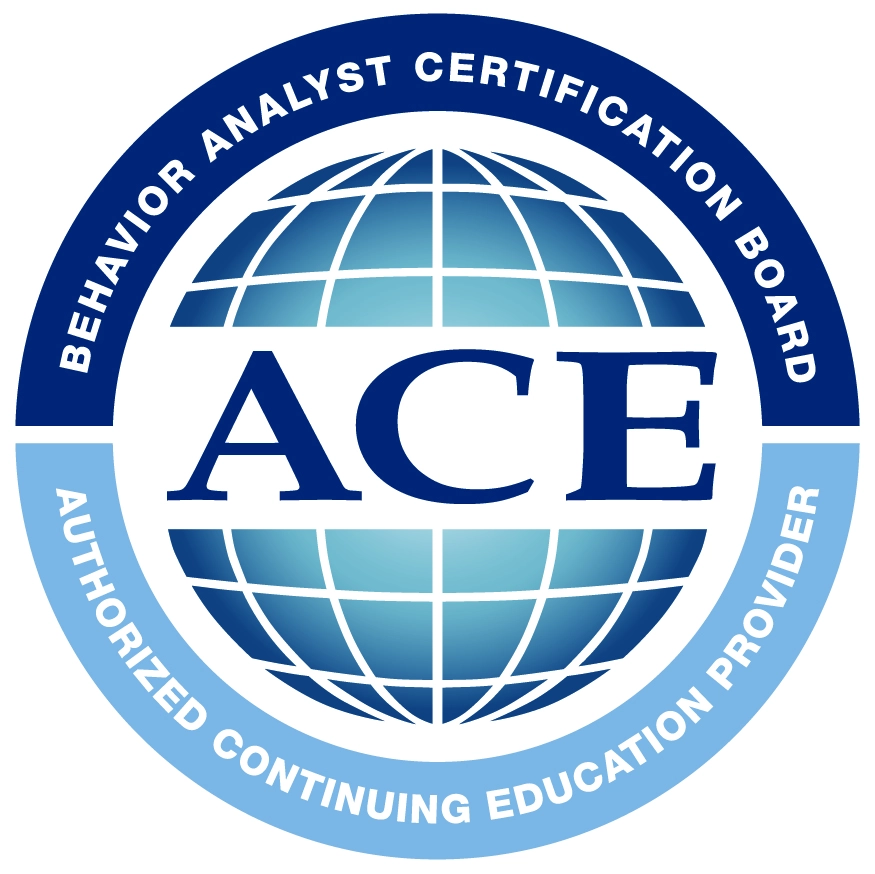The foundation of special education laws is rooted in the principle of equal access to education for all students.
According to the National Center for Education Statistics (NCES), approximately seven million students aged 3 to 21 receive special education services in the U.S., which accounts for 14 percent of all public school students. This statistic highlights the significant number of children who benefit from these legal protections.
The Education for All Handicapped Children Act (EHA), passed in 1975, was a landmark legislation requiring public schools to accept federal funds so they can offer equal access to education for children with physical and/or mental disabilities.
This act laid the groundwork for the development of special education as it is known today. This helps ensure that children with disabilities receive the support they need to succeed academically.
The Role of the Individuals with Disabilities Education Act
The Individuals with Disabilities Education Act (IDEA) plays a crucial role in safeguarding the educational rights of students with disabilities, including those with autism.
IDEA ensures fair learning opportunities for all students with disabilities, guaranteeing free and appropriate education based on a child’s age, ability, and developmental level.
Under IDEA, schools are required to develop an Individualized Education Program (IEP) for each eligible child. This program outlines specific educational goals and the services necessary to achieve them. The law emphasizes the importance of parental involvement in the IEP process to ensure that families have a voice in their child’s education.
The key features of IDEA include the following:
- Free Appropriate Public Education (FAPE): Guarantees that students with disabilities receive an education tailored to their individual needs at no cost to families.
- Individualized Education Program (IEP): A customized plan that outlines specific educational goals and services for each student with a disability.
- Least Restrictive Environment (LRE): Requires that students with disabilities be educated alongside their non-disabled peers to the maximum extent appropriate.
- Parental Involvement: Ensures that parents and caregivers are active participants in the decision-making process regarding their child’s education.

These laws and regulations are vital in promoting an inclusive educational environment for autistic children, allowing them to thrive and reach their full potential.
Inclusive Education for Autistic Children
Inclusive education plays a vital role in the development and learning of autistic children. By integrating these children into regular classrooms, they can benefit from a supportive environment that fosters social interaction and academic growth.
With appropriate support and accommodations, autistic children can thrive in inclusive settings alongside their peers in a regular classroom. This approach allows them to engage with diverse learning styles and social dynamics, which can enhance their educational experience.
Some of the key factors that contribute to the success of autistic children in regular classrooms include:
- Tailored assistance based on the child’s unique needs
- Opportunities to build friendships and social skills
- Educators equipped with strategies to support diverse learners
- Adaptations to teaching methods and materials to suit all students
At the same time, inclusive education offers numerous advantages for autistic children, as well as their peers. Some of the key benefits include:
- Enhanced Social Skills: Autistic children learn to interact with peers, improving communication and socialization.
- Improved Academic Performance: Access to a broader range of resources and teaching methods can lead to better learning outcomes.
- Greater Acceptance: Inclusion fosters understanding and acceptance among all students, reducing the stigma associated with disabilities.
- Development of Independence: Autistic children gain confidence and self-reliance by participating in regular classroom activities.
Special education for autistic children emphasizes the importance of creating inclusive environments that cater to the diverse needs of all students. By fostering a sense of belonging and community, schools can help autistic children reach their full potential. Understanding how autistic children interpret social cues is a key part of this effort—our article, “6 Ways Autistic Children Perceive Facial Expressions,” offers valuable insight into how we can better support their social development.
Special Education for Autism
Special education for autistic children focuses on providing tailored educational support that meets the unique needs of each child.
Children with autism are entitled to a “free and appropriate public education” in the “least restrictive environment.” This ensures they receive an education that meets their needs while learning alongside their non-disabled peers as much as possible.
To create an effective learning environment, it is essential to develop an Individualized Education Program (IEP) based on a comprehensive evaluation of the child’s needs. Parents may need to initiate this evaluation, even if their child has a medical diagnosis of autism.
The results of the evaluation will guide the development of the IEP, which outlines specific goals, accommodations, and services required for the child to succeed.
Early intervention is also crucial for students with autism. Research indicates that the earlier children with autism receive specialized support, the better their outcomes in communication, social skills, and academic achievement. Early intervention programs can significantly improve a child’s development and help them reach their full potential.
Parents and caregivers play a vital role in advocating for early intervention services. By recognizing the signs of autism and seeking support promptly, they can ensure their child receives the necessary resources and assistance.
With appropriate support and accommodations, autistic children can thrive in inclusive settings alongside their peers in a regular classroom. Early intervention not only benefits the child but also supports families in navigating the educational landscape effectively.
Final Thoughts
Special education for autistic children is not just a service; it’s a vital pathway to unlocking their potential and fostering a more inclusive society. By providing tailored educational strategies, individualized support, and compassionate understanding, we create environments where these children can thrive, develop meaningful relationships, and achieve their personal best.
The journey may come with challenges, but it also offers countless rewards — both for the children and for those who have the privilege of working with them.
As we continue to embrace and celebrate neurodiversity, we create opportunities for every child to thrive, no matter their challenges. At Golden Care Therapy, we take a personalized and compassionate approach to ABA therapy, focusing on real progress that empowers children and supports families. Our highly trained professionals are committed to delivering results-driven, evidence-based care in a nurturing environment.
We proudly offer ABA services in Indiana, New Jersey, New York, Georgia, and Florida. Contact us now so we can work together to help your child grow and succeed!
Sources:



